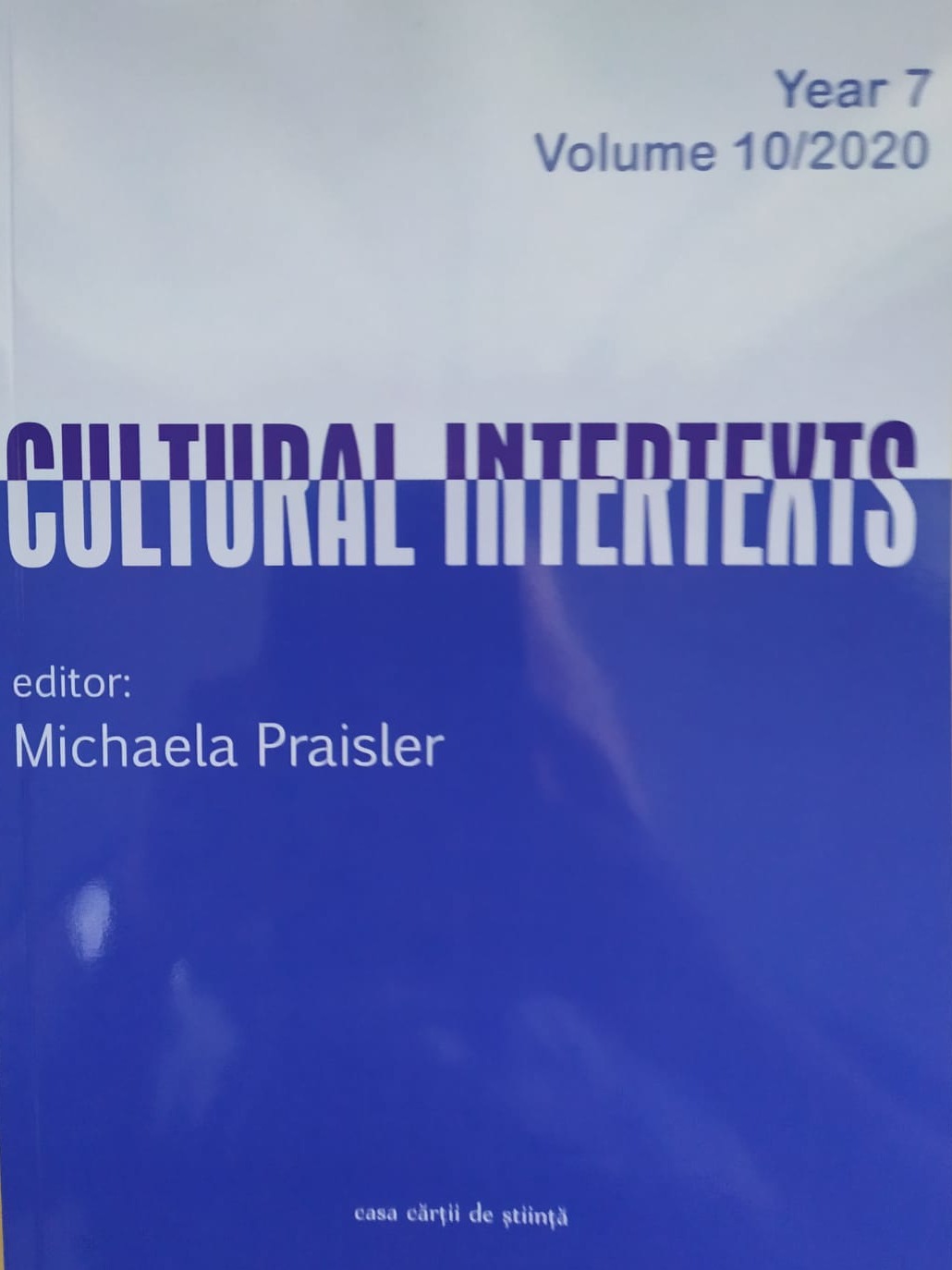Author(s): Rada B. Stanarević / Language(s): Serbian
Issue: 20/2019
An intertextual analysis of Stepanović's novel reveals two things. First, a fruitful influence of Turgenev on the structure of fabula (reunion of friends at the same location) and on the typology of characters (Dragan – Lytvinov, Vojin – Rudin). Secondly, a highly unusual, impressive mixture of Turgenev and Goethe with reference to their respective works of the same title, Faust, providing the two aforementioned encounters of old friends with magic properties. This is achieved in such a manner that the two nocturnal, Mephistopheles-like meetings happen simultaneously, with Stepanović's characters enduring double destiny (Ana = Margareta and Vera Nikolayevna, Vojin = Mephistopheles and Rudin).With regard to its composition and subject matter, Stepanović's novel offers several interesting features. To start with, Mephistopheles' First/ Mother Night, unique and very successfully designed in artistic terms, takes place, intertwined with another night, within Chapters IV and VI, which justifies their central position as regards the novel's overall structure of fourteen chapters. In contrast with that, the protagonists' split lives of the present develop in the respective chapters of VIII, X, and XII. As for the subject matter – Ana and Dragan's unhappy love – it is comprised within the respective Chapters of V, VII, IX, and XI. As a result, events and relations between characters are not portrayed in a linear manner, but mutually intertwined. Yet, the frame, that is, the first and final chapters, which feature the partly ironically depicted character of Milorad Janković, makes sure that the desired unity of the plot, taking the novel in its entirety, is achieved, thus providing us with an open door to indulge in aesthetic delight.
More...

















